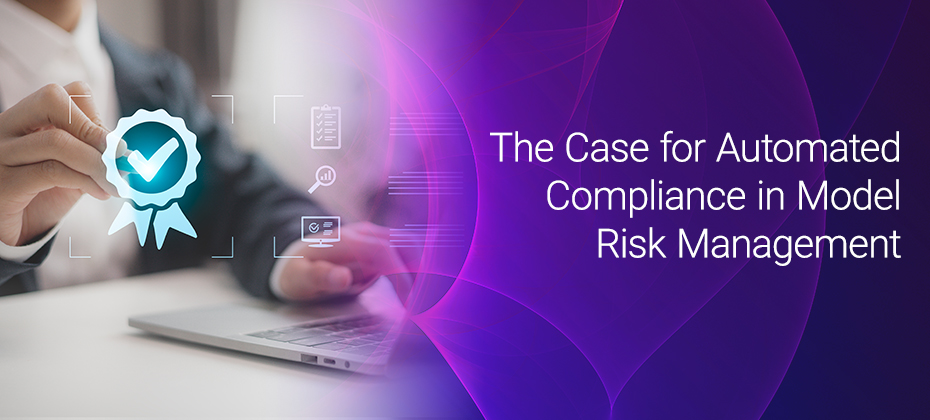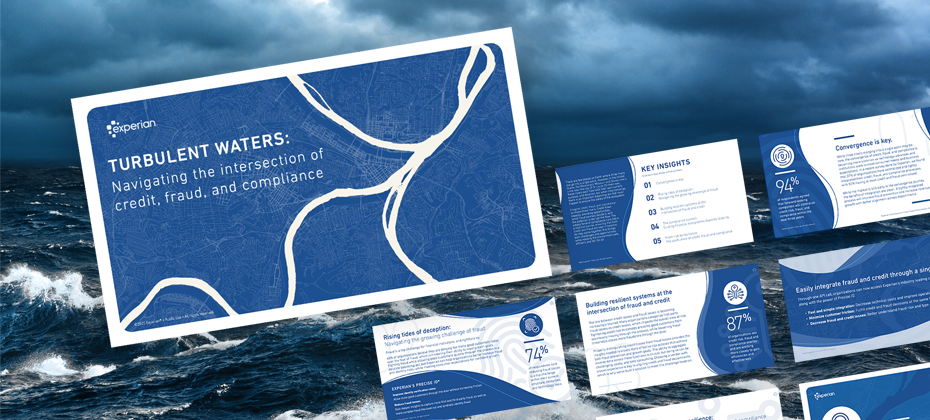Compliance definitions
LOA, CIP, FACTA, KYC — These acronyms seem endless, and navigating compliance can be both confusing and a painful drain on resources.
How do you know the best approach for your institution? Should you look at regulations for Know Your Customer (KYC) or the Customer Identification Program (CIP)? What about the levels of assurance (LOAs) or the Fair and Accurate Credit Transactions Act (FACTA) Red Flags Rule? Does the USA PATRIOT Act affect your industry? The myriad guidelines, rules and mandates surrounding fraud compliance are changing the way organizations do business.
Let’s start with some brief definitions.
CIP/KYC
The Customer Identification Program requires banks to form a reasonable belief that they know the true identity of each customer. The CIP must include procedures that specify the identifying information that will be obtained from each customer, along with reasonable and practical risk-based procedures for verifying each customer’s identity.
The Know Your Customer provision is a financial regulatory rule mandated by the Bank Secrecy Act and the USA PATRIOT Act. These guidelines focus on prevention of money laundering and the use of financial institutions to finance terrorist activities. This process has three stages: the CIP, customer due diligence (CDD) and enhanced due diligence (EDD). The last two stages address customer risk from an anti–money laundering perspective.
LOA/FACTA (Red Flags Rule)
Levels of assurance regarding identity focus on the extent to which electronic authentication may be used to verify that the individual identified in the input data truly is the same person engaging in the electronic transaction. This can be a daunting task — even the National Institute of Standards and Technology acknowledges that electronic authentication of individual people is a technical challenge when performed remotely over an open network. To choose the level of assurance that works within your company structure, you must determine what is needed to maintain the internal compliance and risk thresholds for each business requirement. LOAs are based on two categories: trustworthiness of the identity-proofing process and trustworthiness of the credential-management function (which includes technology and implementation/management). There are four LOA levels:
- Minimal Assurance
- Moderate Assurance
- Substantial Assurance
- High Assurance
The FACTA Red Flags Rule requires institutions to establish a program that identifies ecommerce “red flags.” This program should consist of a pattern, practice or specific activity that indicates the possible existence of identity theft applicable to account-opening activities, existing account maintenance and new activity on accounts that have been inactive for two years or more.
Don’t be discouraged
In this world of compliance regulations that read like alphabet soup, we understand the challenges of meeting regulations while providing a frictionless customer experience. When an organization strikes the perfect balance between compliance and customer service, it has a competitive advantage that can lead to additional revenue opportunities (e.g., profitably acquiring new customers, detecting fraud and reducing charge-offs, minimizing operational costs, and improving operational efficiencies). To achieve this, businesses need cost-effective, flexible tools that allow them to meet current and future guidelines, manage risk and ultimately authenticate as many true customers as possible — all while segmenting out only the real fraudsters and noncompliant identities.
You can be assured that new regulations will come, existing regulations will be redefined and communications on how to comply will be difficult to interpret. To find out more about compliance, click here.



